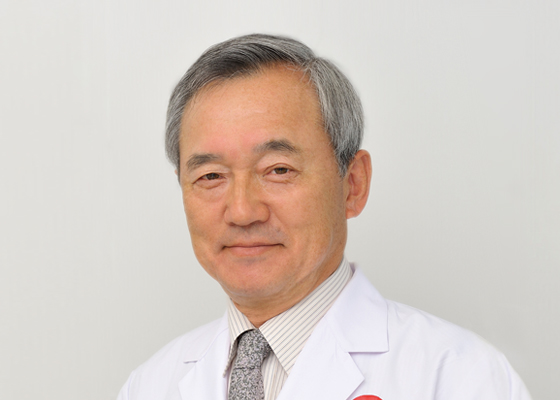When PTCR - the birth of recanalization therapy for AMI - was finally introduced in Japan, I felt that this would become the new norm. My interest in it started during my residency when I studied the “AMI thrombosis theory” which, at the time, was considered controversial. Even though I was conducting research at the university, my interest in PTCR only increased and so, ten years after graduation, I began my career as a clinician.
When I was an intern, the Swan-Ganz catheter was finally available for the treatment of AMI, and Mason's vasodilator therapy was also drawing attention. At that time, emergency CAG was contraindicated and PTCR was too unpredictable but under one circumstance, I performed an emergency CAG and a small amount of UK coronary injection. Two or three years later, Ganz and Restrope et al. published their results on PTCR. When I heard about this, I realized that clinical research needed to be an organized project. However, the recanalization rate of PTCR using the UK was around 70-80%, and we tried PTCA (balloon), which had just started in Japan at that time (direct PTCA), and obtained a success rate of more than 95%. As a result, I quickly moved on from PTCR and was an early adopter of direct PTCA, which I have been using since 1984.
Please tell us more about how you entered into the field of percutaneous intervention. What were your main reasons?
As I continued my research at the university and considered the ways in which catheterization was an important treatment, Andreas Gruentzig had just performed the first PTCA in Switzerland. My first thought when hearing this report was "How terrible!” Based on my own experience, I felt that mechanically dilating an atherosclerotic lesion in a coronary artery would cause the vessel to tear and occlude. However, over the next six years, this treatment was gradually accepted in some parts of Japan, and I, too, became more interested in it. As numerous reports were coming in from Europe and the United States, the usefulness of this treatment was becoming more apparent and so, in 1983, I moved to Toyohashi-Higashi when I prepared to start PTCA.
At that time, Dr. Nobuyoshi of Kokura Memorial Hospital was actively campaigning to adopt PTCA, and after learning we had begun performing it at Toyohashi-Higashi Hospital, he asked me to visit Kokura for an observation. I remember it was only his second case. Dr. Nobuyoshi was self-taught, and with the limitations of the techniques and devices available at the time, there was no way he could have produced the results then that he has managed today. After seeing this, I returned to Toyohashi with a developed appreciation of the difficulties of PTCA at that time.
Then, by the end of 1983, the Simpson Robert became available in Japan. I was really hopeful that this system would work well and I managed to obtain a Simpson Robert for myself, which at the time was in limited supply even in Japan. When it was decided that I would have my first case, I prepared for it with my colleagues by performing multiple simulations before the first case took place. When the morning of the day arrived, I said to myself, "Okay, let's do this!” and left the house.
The patient was a man in his 50s with a single-vessel lesion with 90% stenosis in the mid-right coronary artery. All of my colleagues were very enthusiastic and said, "Let's do our first case! I then proceeded with the guidewire as practiced, but I couldn't actually confirm its position in the coronary artery due to the poor image of the cine-angiography at the Higashi Hospital at that time. Still, I managed to advance the wire and inflate the balloon several times even under these conditions. However, it ended with almost no spread. After that, the patient asked for a more extensive treatment, so one month later, he underwent elective surgery. Regrettably, due to the effects of spasm, the patient passed away after the surgery. It was at that time that I strongly felt that if I was going to do this, I had to do it responsibly.
During the second half of that year, I performed three cases of LAD just proximal. In the third case, I discovered restenosis in the angiography after six months, likely due to dilatation with an undersized balloon. After inflating the restenosis with a balloon of sufficient size, the results were very promising. Of course, at the time it was risky to apply pressure with a balloon that was already the appropriate size, but after we dilated it, it spread beautifully. This was the case that convinced me of the usefulness of coronary intervention, and after that, I became confident that I could achieve excellent results by using the right sized balloon with the appropriate amount of pressure.
Interviewed in 2006






